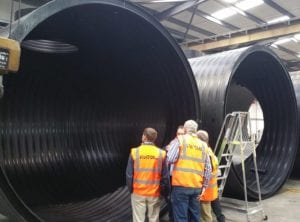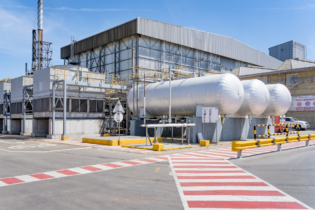A new study by the Southern African Plastic Pipe Manufacturers Association (SAPPMA) has found that thermoplastic pipes could be the answer to reducing the impact of piping systems on the environment.
According to the research, which was conducted by SAPPMA and some of its international counterparts, systems made from thermoplastic pipes have much lower manufacturing and transportation costs, better long-term maintenance and higher recyclability than pipes made from other materials. Significant advances made in recent years have improved both the quality and strength of the raw materials that are used for the manufacturing of plastic pipes. This, combined with efforts to optimise the entire manufacturing process has ensured that plastic pipes have been recognised for quite literally punching above its weight.
Plastic pipes vs concrete pipes
- When compared to concrete pipes, plastic pipes have a high recyclability and recovery rate because of the high value of polymer used in the manufacturing process.
- The results of the tests performed on various different pipes showed that even though the material energy of ductile iron is a lot less than that of plastics in terms of mass (MJ/kg), the picture reverses when the wall thickness and mass per meter are taken into consideration (MJ/m) meaning that lower amounts of energy are used to manufacture plastic pipes. Similarly, the amount of carbon dioxide that is emitted by the production of plastic pipe is far below that of ductile iron.
- Because plastic pipes weigh much less than steel or concrete, it costs considerably less to transport plastic pipes. As a result, it also has a much smaller carbon footprint and less CO² emissions.








